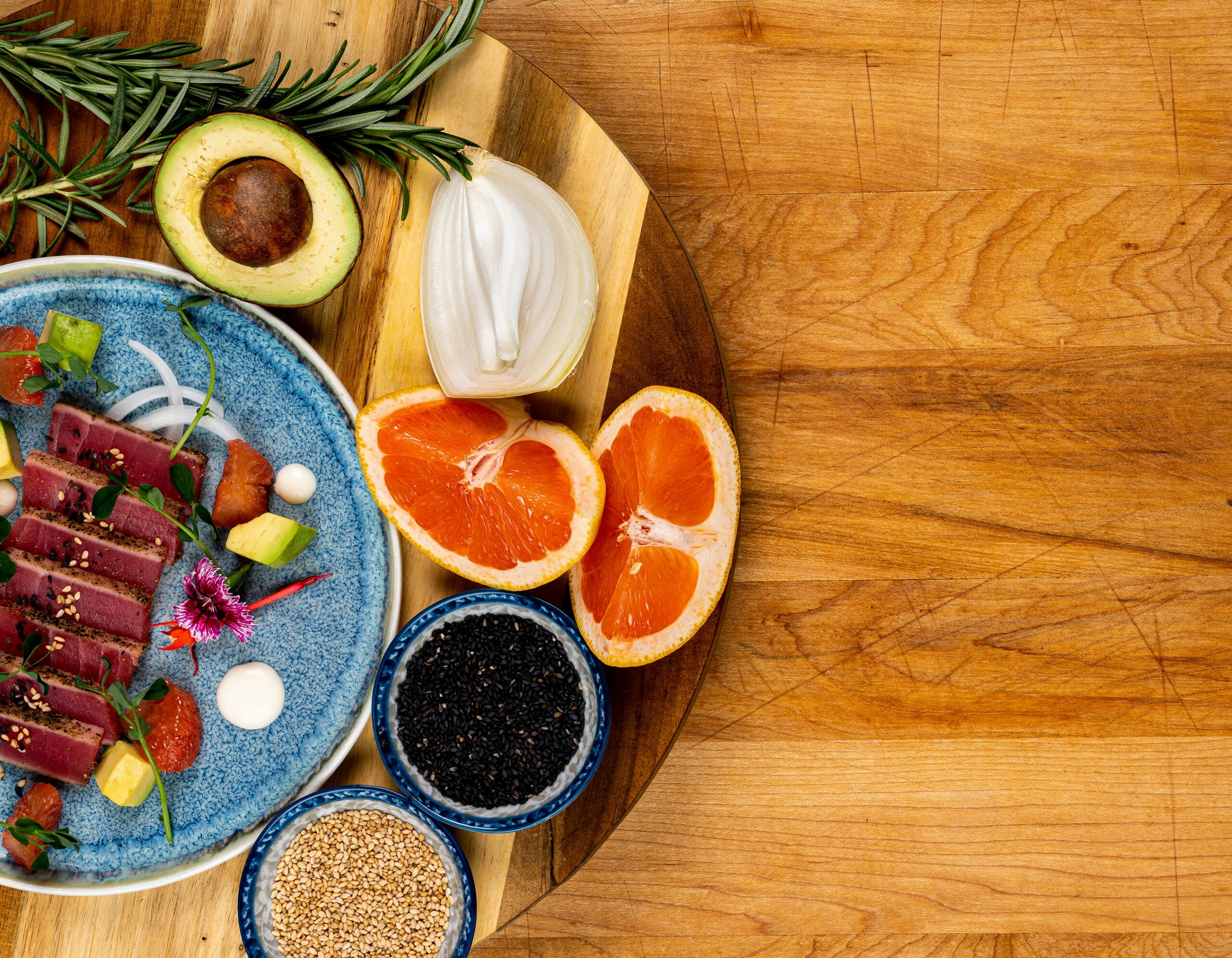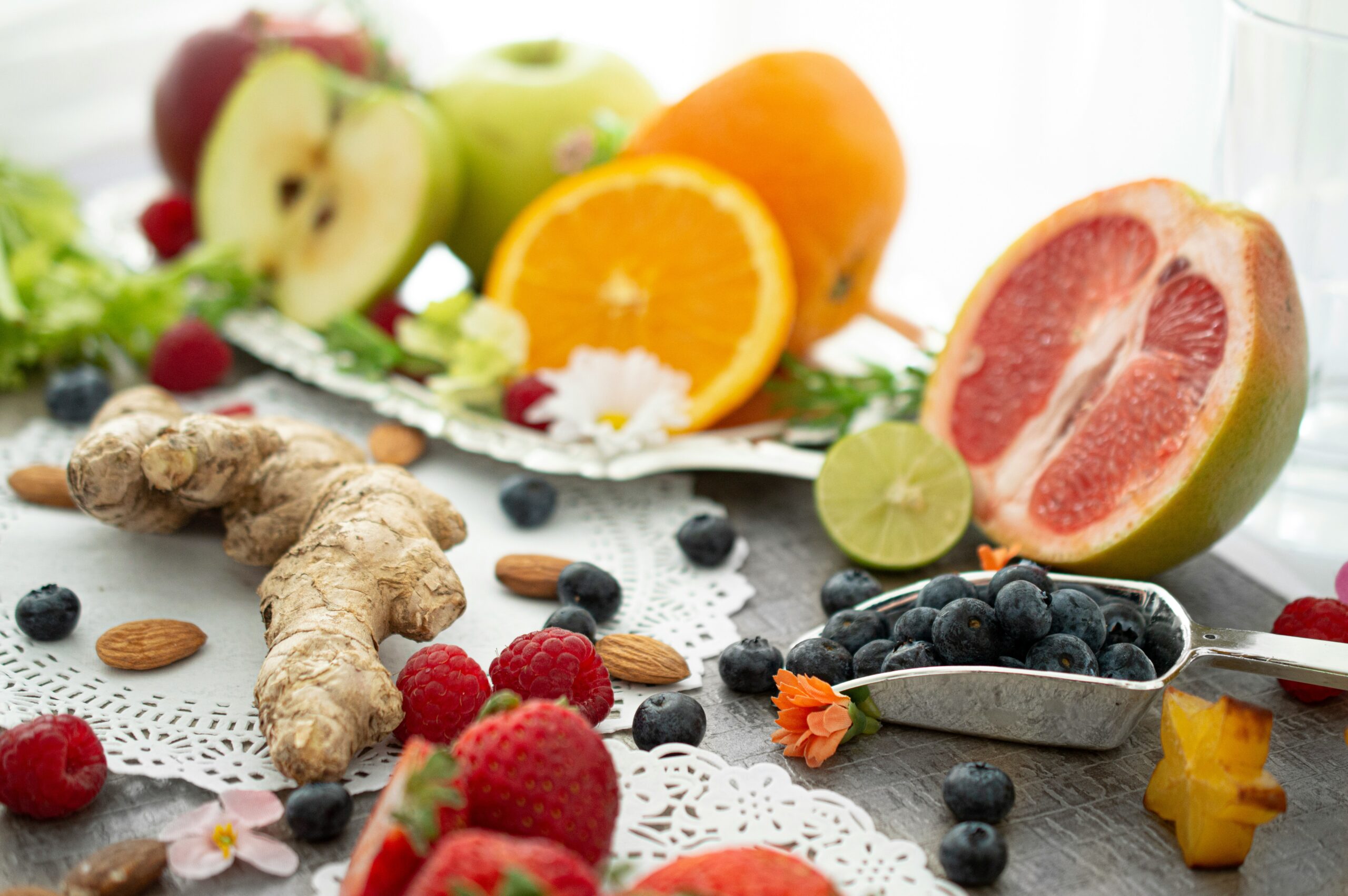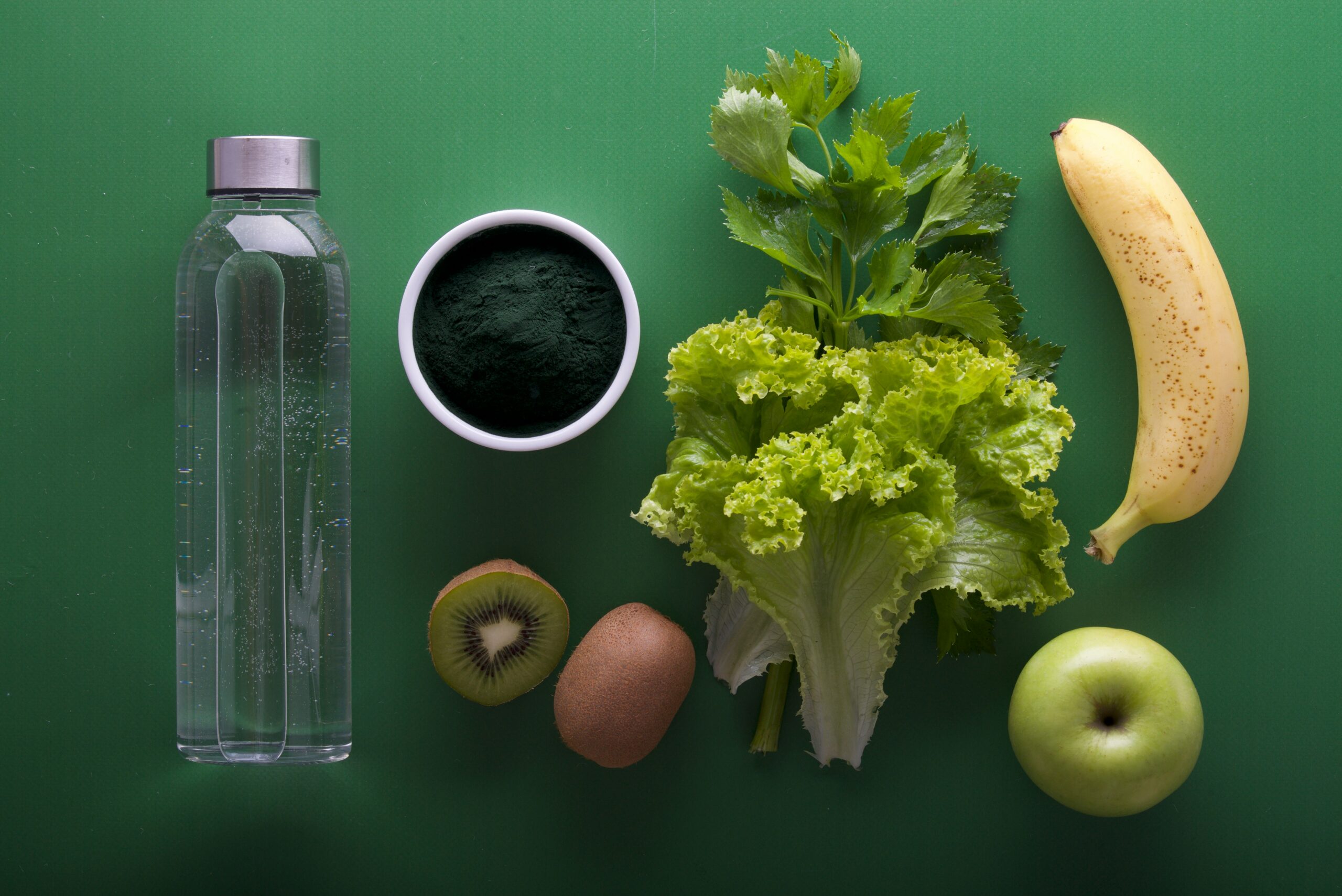Health Alert: 5 Frightening Food Additives Harming Children Now

Introduction
In today’s fast paced world, convenience is often to feed our families. The supermarket is marketed as “child friendly” with light colored snacks, sugar grains and food ready to eat, but there is a hidden threat behind their attractive packaging. When parents try to make nutritious alternatives, many are unaware of the chemical ingredients that lean in everyday food. These substances approved decades ago under chronic safety standards are now increasing the study for their ability to disrupt growth, disrupt cognitive functions and contribute to chronic disease. This health warning is currently shining the spotlight on the five terrible food supplements that injure children and why immediate action is needed.
Table of Contents
The Hidden Toxins in Your Child’s Lunchbox
Children aren’t simply small adults; their bodies are nevertheless developing, making them especially at risk of environmental pollutants, such as artificial ingredients in processed meals. According to the American Academy of Pediatrics, exposure to positive food additives during critical home windows of increase can intrude with hormonal balance, neurological development, and immune features.
Yet, these chemical compounds continue to be legally added to the whole lot from fruit snacks to breakfast bars. What makes this difficulty even more alarming is that regulatory oversight has not kept pace with clinical improvements. Many components had been deemed “Generally Recognized as Safe” (GRAS) based totally on animal studies carried out over 50 years in the past, without sufficient long-time period research on human health influences, particularly in children.
Let’s examine the pinnacle five offenders components which have been linked to behavioral problems, obesity, allergic reactions, and developmental delays all below the guise of improving flavor, texture, or shelf life.
1. Artificial Food Dyes: A Rainbow of Risk
Artificial food dyes which include Red forty, Yellow 5, and Blue 1 are a few of the maximum pervasive and regarding components in children’s diets. Found in chocolates, cereals, sodas, or even medications, those artificial colours are used to make merchandise extra visually appealing. However, mounting proof shows they arrive at a steep price to kids’ fitness.
A landmark look posted in The Lancet observed that synthetic food dyes drastically expanded hyperactivity in youngsters, causing the European Union to mandate warning labels on dyed products. In assessment, the U.S. Food and Drug Administration (FDA) has resisted similar measures in spite of repeated calls from scientists and advocacy businesses. Research additionally hyperlinks those dyes to allergic reactions, bronchial asthma, and viable carcinogenic effects. For example, Red 40 has been shown to include trace quantities of benzidine, a recognized carcinogen.
The health implications pass past conduct. Pediatricians file growing issues approximately how these dyes affect brain improvement. Since children consume way more processed meals in line with pounds of frame weight than adults, their cumulative exposure is disproportionately high. Eliminating synthetic colorings out of your toddler’s diet via selecting herbal options like beet juice or turmeric can cause major upgrades in temper, awareness, and standard nicely-being.

2.High Fructose Corn Syrup (HFCS): The Sweet Saboteur
High-fructose corn syrup is a sweetener derived from corn starch, typically used in smooth liquids, baked items, or even savory items like ketchup and bread.While it’s less expensive than sugar, its impact on youngsters’ health is anything but economical.
HFCS has been heavily implicated inside the youth weight problems epidemic. Unlike glucose, which the body metabolizes correctly, fructose is mostly processed by means of the liver. When fed in excess because it frequently is in processed meals it overwhelms the liver, causing fat accumulation, insulin resistance, and non-alcoholic fatty liver sickness (NAFLD), once taken into consideration as a grownup condition but now more and more diagnosed in children.
Beyond metabolic harm, HFCS impacts the urge for food regulation. It fails to cause the equal satiety alerts as natural sugars, leading children to eat extra without feeling complete. This disruption in starvation cues contributes to overeating and poor dietary habits. Additionally, a few research endorse that excessive fructose consumption may also impair reminiscence and mastering by using lowering degrees of mind-derived neurotrophic thing (BDNF), a protein essential for cognitive characteristics.
Reducing HFCS consumption means reading labels carefully and avoiding sugary beverages.Opting for whole fruits instead of fruit flavored snacks provides natural sweetness along with fiber and vital nutrients supporting both physical and mental health.
3. Sodium Nitrate and Nitrite: Preserving Flavor, Endangering Lives
Commonly determined in processed meats like warm puppies, bacon, deli slices, and packaged sausages, sodium nitrate and nitrite are preservatives used to extend shelf lifestyles and decorate coloration. While effective at stopping bacterial growth, these compounds transform into nitrosamines while cooked at high temperatures robust cancer causing agents related to colorectal cancer, pancreatic cancer, and leukemia.
Children are in particular inclined due to the fact their detoxification structures are immature. The World Health Organization classifies processed meats as Group 1 cancer causing agents, putting them within the same category as tobacco smoke. Despite this, these meats continue to be staples in school lunches and family dinners.
Moreover, nitrates can intrude with oxygen transport in the blood, a circumstance called methemoglobinemia or “blue infant syndrome,” particularly risky for infants. Even in older youngsters, ordinary consumption has been related to accelerated dangers of respiratory problems and inflammatory situations.
For more healthy options, pick out nitrate loose, uncured meats or plant-primarily based proteins.Grilled chook, lentils, beans, and tofu provide secure, nutritious assets of protein without the hidden dangers of chemical preservatives.

4. Butylated Hydroxyanisole (BHA) and Butylated Hydroxytoluene (BHT): The Shelf-Life Scandal
BHA and BHT are synthetic antioxidants added to processed foods including chips, grains, chewing gum and vegetable oil to prevent fat from being shaken. While serving a functional purpose for manufacturers, their effect on human health increases red flags.
The national toxicology program has classified BHA as “correct a human carcinogenic” based on animal experiments depicting tumor development.BHT, although less clearly carcinogenic, is associated with liver damage, neurotoxicity and hormone resolution. Both additives can mimic estrogen in the body, possibly interfere with normal endocrine function in important stages of puberty and development.
Children who regularly use BHA and BHT rich snack foods can withstand long term results, including replaced reproductive growth and an increase in the risk of cancer later in life.In addition, it has been shown that these chemicals increase behavioral disorders such as ADHD in sensitive individuals.
Switching to fresh, whole foods eliminates the contact with these preservatives.Snacks such as air pop popcorn, raw nuts and homemade trails offer satisfactory crunches without compromising health.
5. Monosodium Glutamate (MSG): The Flavor Enhancer with a Dark Side
Monosodium glutamate (MSG) is a flavor enhancer used in soups, frozen food, snack ingredients, and eating place dishes to heighten umami flavor. While evidently occurring glutamate performs a position in brain signaling, the focused, loose-form MSG added to processed ingredients acts in a different way in the frame.
Some children exhibit sensitivity to MSG, experiencing signs like headaches, nausea, fast heartbeat, or even behavioral adjustments together with irritability and restlessness. More troubling, animal research proposes that excessive MSG intake in the course of early improvement might also damage the hypothalamus, a mind place involved in regulating urge for food, sleep, and emotional balance, doubtlessly contributing to weight problems and mood issues.
Though the FDA continues that MSG is secure for the overall populace, it recognizes “Chinese Restaurant Syndrome” as a recognized reaction in touchy individuals. Given the shortage of long-time period pediatric research and the rising fees of neurodevelopmental issues, warning is warranted.
Avoiding MSG calls for vigilance, because it often hides under names like “hydrolyzed vegetable protein,” “autolyzed yeast,” or “herbal flavors.” Preparing food from scratch the usage of herbs, spices, and dietary yeast allows complete management over ingredients whilst improving taste evidently.
Protecting Children’s Health: Practical Steps for Parents
The first step of change of consciousness is but knowledge must be followed. Here are important strategies to protect your child’s health:
1. Read the label. Look in addition to marketing requirements such as “completely natural” or “made with real fruit”.Check the component list for artificial colors, HFC, nitrates, BHA/BHT and Hidden MSG.
2. Choose whole,impossible foods: prefer fruits, vegetables, whole grains, lean proteins and healthy fats.These foods nourish their growing body without highlighting harmful additives.
3. Whenever possible, cook at home: Homemade food -treated facilities eliminate addiction to food. To learn about nutrition, include children in cooking and create healthy habits for life.
4. Lawyer for policy change: Support organizations that are pushing too strict rules for food additives. Demand for openness from food producers and responsibility from regulators.
5. Education schools and nurses: Working with schools to improve lunch programs and ensure that the decaf supplier avoids harmful snacks. Share resources to help others create informed alternatives.
A call for action: reassessment that we feed our future
The presence of toxic food additives in children’s diet is not inevitable; this is a result of industrial food practices that prefer the benefits of public health. But all parents have changed at once, the power to cook. By rejecting treated garbage and demanding cleaner food options, we send a message to the industry: The health of children is non conversion.
Science expresses a deep connection between diet and development. Today, what we feed our children will shape their physical vitality, cognitive ability and emotional flexibility tomorrow.Let us not allow corporate shortcuts to compromise the foundation of their future.
This health alert is more than a warning, it’s a wake-up call. The time to act is now. Choose real food. Fight for safer standards. And above all, protect the precious health of the next generation. Their lives depend on it.
1. What are the most dangerous food additives in children’s diets?
Artificial colors (like Red 40), high-fructose corn syrup, sodium nitrite (in processed meats), BHA/BHT (preservatives), and excessive added sugars have been linked to hyperactivity, obesity, cancer risks, and developmental issues in children.
2. How can I avoid harmful additives in my child’s food?
Read labels carefully, choose whole or minimally processed foods, opt for organic when possible, and prepare meals at home using fresh ingredients to reduce exposure.
3. Are “natural flavors” and “artificial flavors” safe for kids?
While approved by regulators, artificial flavors may contain synthetic chemicals with unknown long-term effects. Natural flavors are generally safer, but transparency is limited so minimizing both is best for child health.









